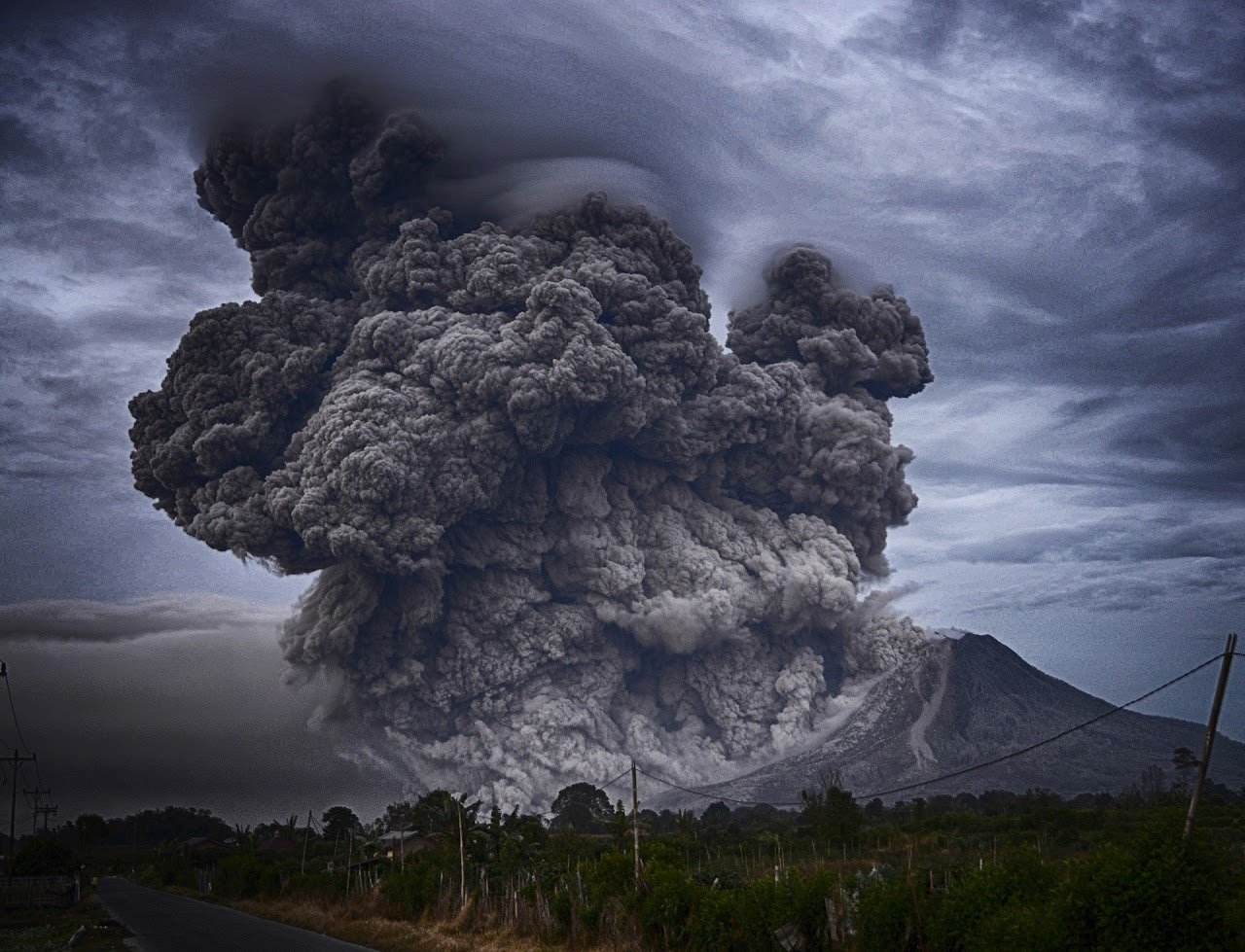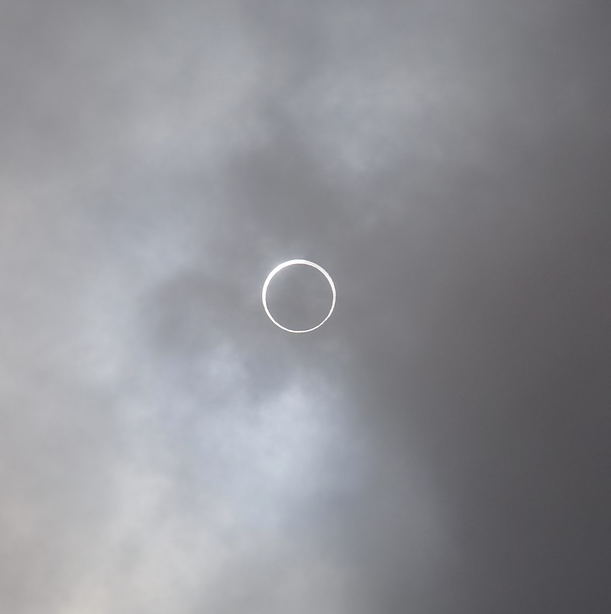Earth and Space Science Resource Library
Each of our self-paced mini units covers one NGSS standard and includes a student slideshow and work packet, assessment project with rubrics, extension activity and complete educator lesson plans.
Additional resources, helpful websites and phenomena ideas are found on this page for each unit listed.
Human Population Impacts Mini Unit Resources
Students describe their favorite meal and ask questions about a world population graph. Then, to connect these two topics, students trace the impact of a hamburger on water, land, air and energy resources. They calculate the number of gallons of gasoline needed to get ingredients to their city and analyze the impact an increasing population will have on Earth’s natural resources. Finally, students design a menu that lessens the impact on natural resources.
Human Impacts on the Environment Mini Unit Resources
Students take a walk through their community and observe how humans impact their environment, both positively and negatively. Then, they choose one local issue to investigate, become experts on their issue, analyze solutions and implement an action project to make a difference! Each part of the project is broken down into smaller, scaffolded steps to ensure success. Students are highly engaged and passionate about the projects they choose. This is a highlight of their year!
Natural Hazards Mini Unit Resources
Students start by diving deeper into natural hazards that significantly impact humans (severe storms, blizzards, landslides, tornadoes, hurricanes, floods, droughts, forest fires, earthquakes, volcanic eruptions, tsunamis). Then, they differentiate between predictable and unpredictable hazards, analyze recent tornado location data and choose one natural hazard to learn more about. Finally, students design two structures to test on the earthquake shaker and answer the question, “How can I build a structure to better withstand earthquakes?”
Moon Phases, Eclipses and Seasons Mini Unit Resources
Students develop models of moon phases, eclipses and seasons with flashlights, tennis balls, globes and their heads! Using their own observations, students make sense of these events and then write a postcard to share what they learned. Finally, students research how cultural groups (Lakota people, Ancient Egyptians or others) use observations of the sun, moon phases and stars, eclipses and seasons to guide their lives and activities.
Gravity and Motion in the Solar System Mini Unit Resources
Students play with magnets and a ball on a string, work through the Gravity and Orbits PhET simulation and give a speech about what they learned. Then, they work through one physical and one digital model to demonstrate the balance of gravity and motion in our solar system (and the rest of the universe) and gain a deeper understanding of this balance while sharing their knowledge with an adult. Finally, students determine if anything in Star Wars (or their favorite space movie) is true!
Earth, Moon and Sun Scale Models Mini Unit Resources
Students calculate the diameter of a basketball to determine if it would qualify for the NBA! Then, they use this information to calculate the diameter of the sun, Earth’s moon and the other planets in our solar system. Finally, students build a scale model to answer the question, “If Earth was the size of a basketball and the moon was the size of a tennis ball, how big would the sun and other plants be?” Students also have a chance to compare the mass and volume of Earth with other planets in our solar system.
Solar System Objects Mini Unit Resources
Students learn how to navigate the immense amount of information online using the three Rs: Relevant, Reliable, Reasonable. Then, they find good online information about the inner and outer planets, asteroids and comets in our solar system. Students learn about the atmosphere, surface and interior of each planet as well as interesting facts about our moon, comets and asteroids. Finally, students create a giant Venn diagram to compare and contrast two solar system objects and determine how humans could live on Mars!
Past Plate Motion Mini Unit Resources
Students plot fossil evidence over continents, analyze the age of ocean sediment, piece together continents like a puzzle and write a claim, evidence and reasoning to explain how Earth has changed over time. Using their newly acquired knowledge, students then predict what Earth will look like 200 million years in the future!
The Geologic Time Scale Mini Unit Resources
Students follow a recipe to make play dough and then use their dough to model superposition and relative age. Then they create an illustrated booklet highlighting one interesting event in each period of geologic time. Finally, students decide if it is a good idea to clone the wooly mammoth!
Mountains, Earthquakes and Volcanoes Mini Unit Resources
Students analyze actual earthquake data; use hot water, paper, cardboard and food dye to model convection currents; and compare earthquake depths along a subduction zone. Then, they choose one active geoscience location and describe the processes occurring there. Finally, students create a travel brochure to an active volcano or rift valley!
Weathering, Erosion, Deposition Mini Unit Resources
Students model weathering with plaster, a balloon and freezer; attempt to dissolve rocks in vinegar and watch water erode sand in a stream table. Then, they find and describe weathering and erosion taking place in their backyard. Finally, students learn more about weathering, erosion, glaciers and deposition in their area by writing a formal email to an Earth science professional. This is an excellent skill for every middle school student to practice!
Climate Change Mini Unit Resources
Students generate questions about graphs of Earth’s average surface temperature and the concentration of carbon dioxide in the atmosphere. Then, they build models of atmospheres on Earth, Mars and Venus and determine how atmosphere impacts climate. Finally, students find answers to one climate question and look for all of the positive things happening in their homes, schools and communities to combat climate change. Students then share their positive findings in an original collage!
Climate Mini Unit Resources
Students demonstrate how latitude and Earth’s tilt affect climate, graph average temperatures at different altitudes, model the Coriolis effect and investigate how land and water absorb heat energy. Then, they develop a climate-based travel brochure for a region of their choice. Finally, students research an extreme climate on Earth (the top of Mount Everest, a boiling hot vent, a burning desert) and the species that thrive there!
Weather Mini Unit Resources
Students describe their perfect weather day, record observations in a weather journal and develop models of density and weather fronts. Then, they analyze current national weather conditions and create a local weather prediction based on evidence. Finally, students build their own barometer and compare their data with local air pressure readings!
Earth’s Resources Mini Unit Resources
Students determine which natural resource is most important to them, analyze evidence to determine why energy resources are renewable or nonrenewable and then build a model of groundwater to determine the effects of pollution. Then, they create a public service announcement to help protect the resource most important to them. Finally, students debate both the pros and cons of using nuclear energy!
The Rock Cycle Mini Unit Resources
Students determine how they use rocks and minerals everyday; hypothesize how sedimentary, igneous and metamorphic rocks form; and model intrusive and extrusive igneous rocks by making rock candy. Then, they turn the rock cycle into a story book complete with illustrations. Finally, students choose a project based on one of their multiple intelligences. They can write a rock rap, interview a geologist or create their own rock collection!
The Water Cycle Mini Unit Resources
Students measure their personal water use, research where their local water comes from and build their own model of the water cycle in this mini unit. Then, they work through evaporation and condensation labs and investigate the effects of adding energy to ice cubes. Finally, students create a portable water filtering system for muddy water!















